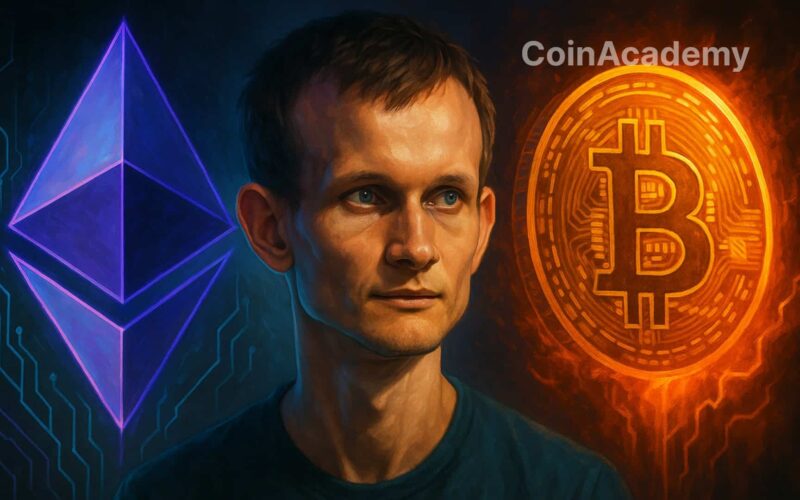Vitalik Buterin Proposes to Simplify Ethereum While Maintaining Power and Decentralization
Vitalik Buterin is advocating for a significant overhaul of Ethereum, aiming to achieve a level of simplicity comparable to Bitcoin without sacrificing the network’s programming capabilities or scalability. In a blog post published over the weekend, the co-founder of Ethereum called for a deep reduction in the protocol’s complexity.
Ethereum: A Victim of Its Own Complexity
Over the years, Ethereum has become a technically rich ecosystem. However, its virtual machine, consensus mechanisms, and multiple successive updates have made its architecture challenging to maintain. The protocol has grown too complex to be easily audited and has become daunting for new developers, resembling a technocratic system reserved for an elite few.
Vitalik Buterin notes, “A smart high school student can understand Bitcoin in its entirety. A developer can even write a client for fun.” Ethereum, on the other hand, has evolved into an impenetrable fortress that even the most talented individuals find difficult to comprehend.
A Roadmap to Rebuild Ethereum Without Breaking It
Vitalik outlines a multi-year strategy that involves drastically reducing the “consensus-critical” code, simplifying the core protocol, and fundamentally reevaluating the consensus layer. The goal is to maintain decentralization and security while making the system more readable, lightweight, and resilient.
One of the most ambitious undertakings is gradually replacing the Ethereum Virtual Machine (EVM) with a streamlined alternative like RISC-V, an open and lightweight standard better suited for zero-knowledge proofs. Simultaneously, the plan is to delegate certain complex functions to “non-consensus” layers to limit points of vulnerability.
Remaining Simple Without Regressing
The challenge is clear: to simplify Ethereum without betraying its essence. Compatibility with existing applications remains a priority. To achieve this, Vitalik envisions a transition period where both virtual machines coexist before a potential full switch. The aim of returning to simplicity is not to turn Ethereum into a Bitcoin clone but to restore robustness and accessibility to the project, preparing an architecture capable of lasting decades without collapsing under the weight of its own sophistication.




